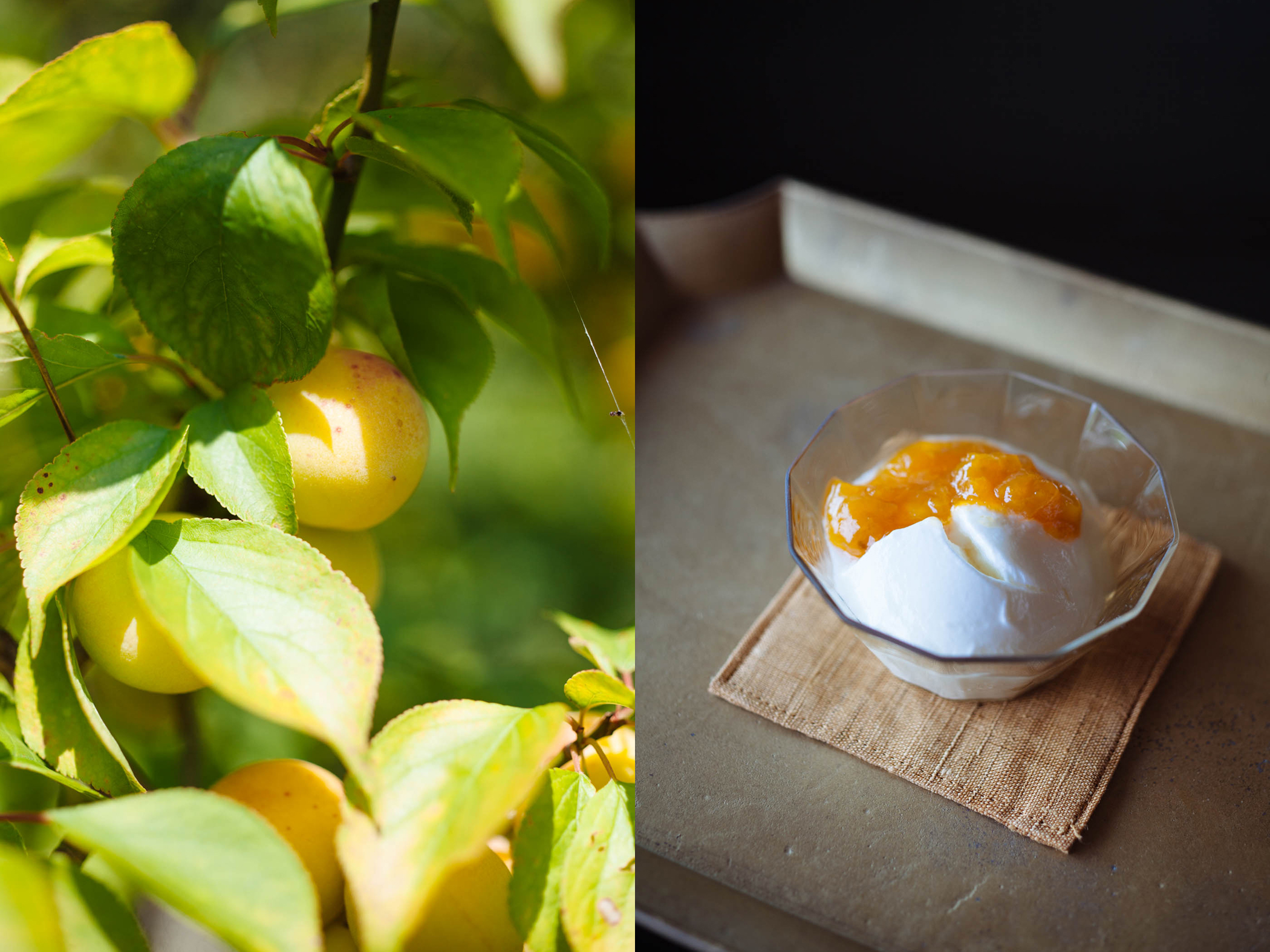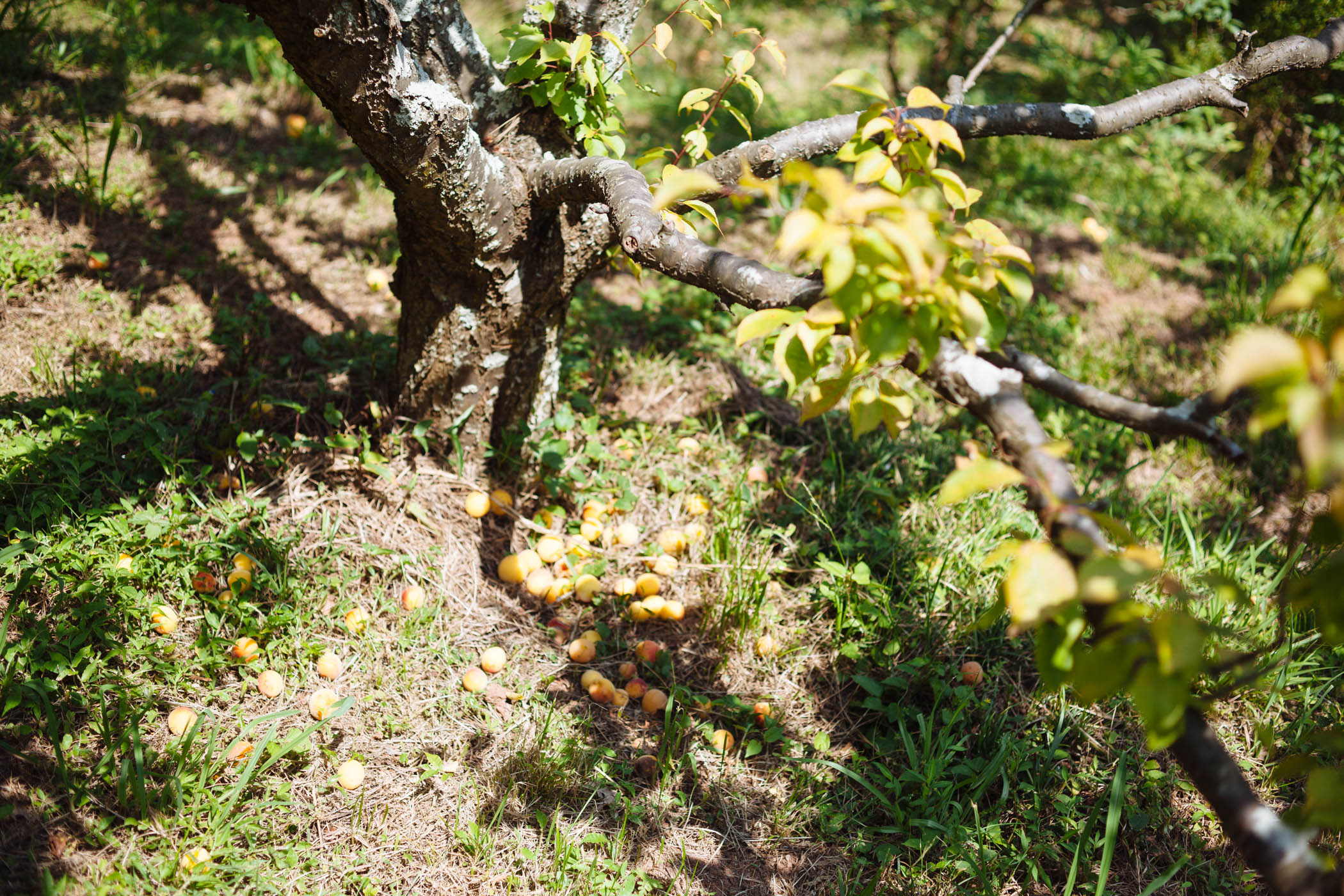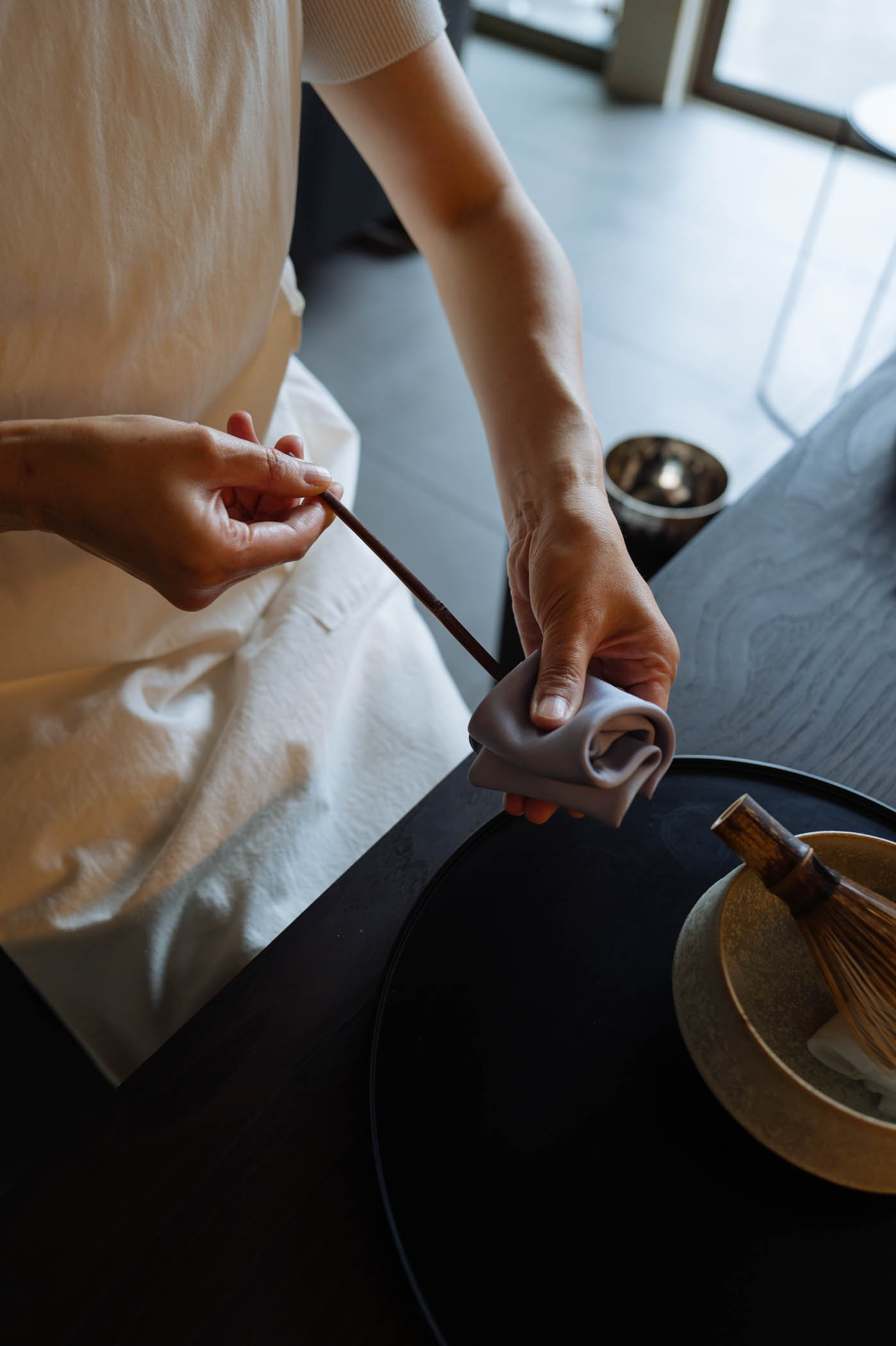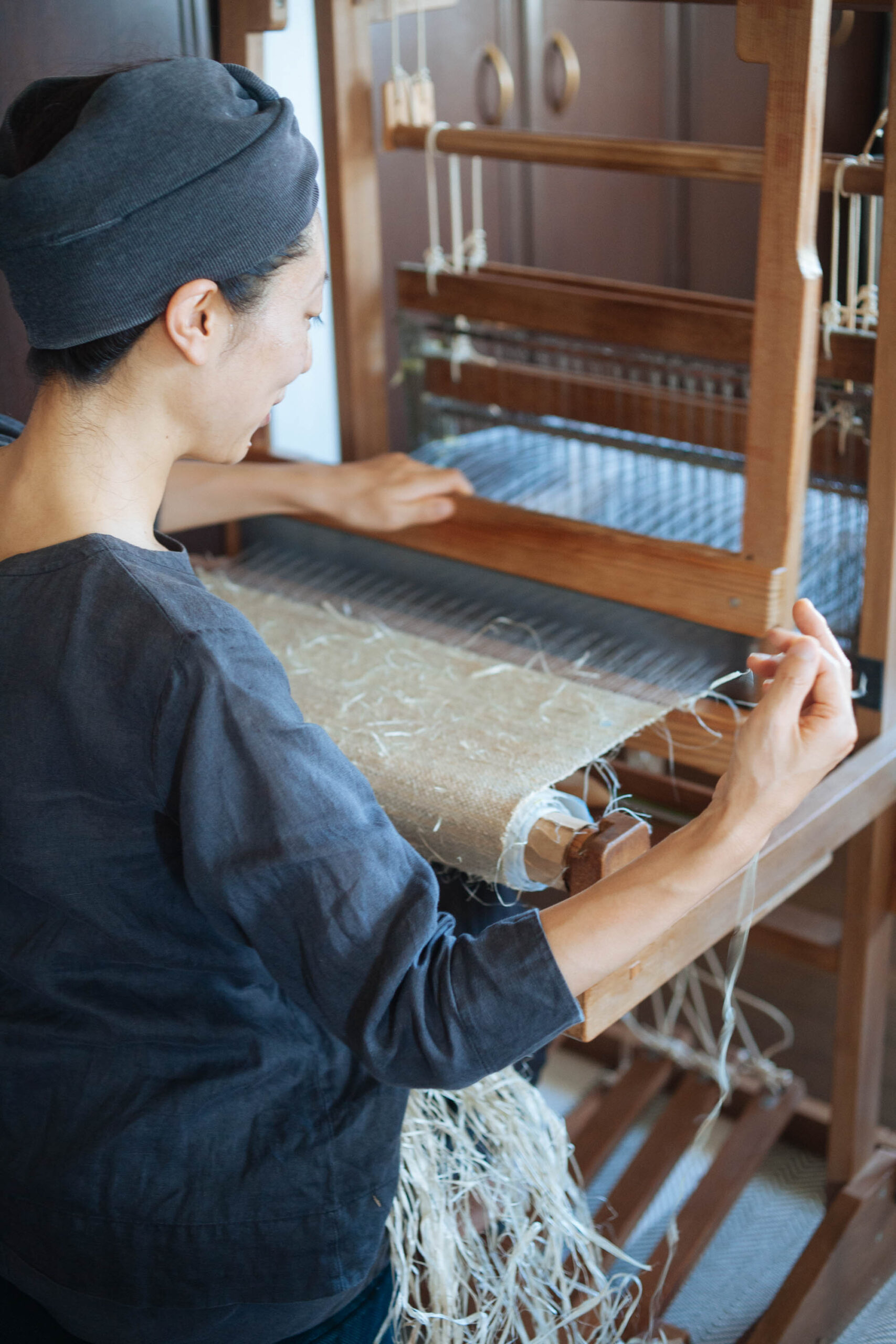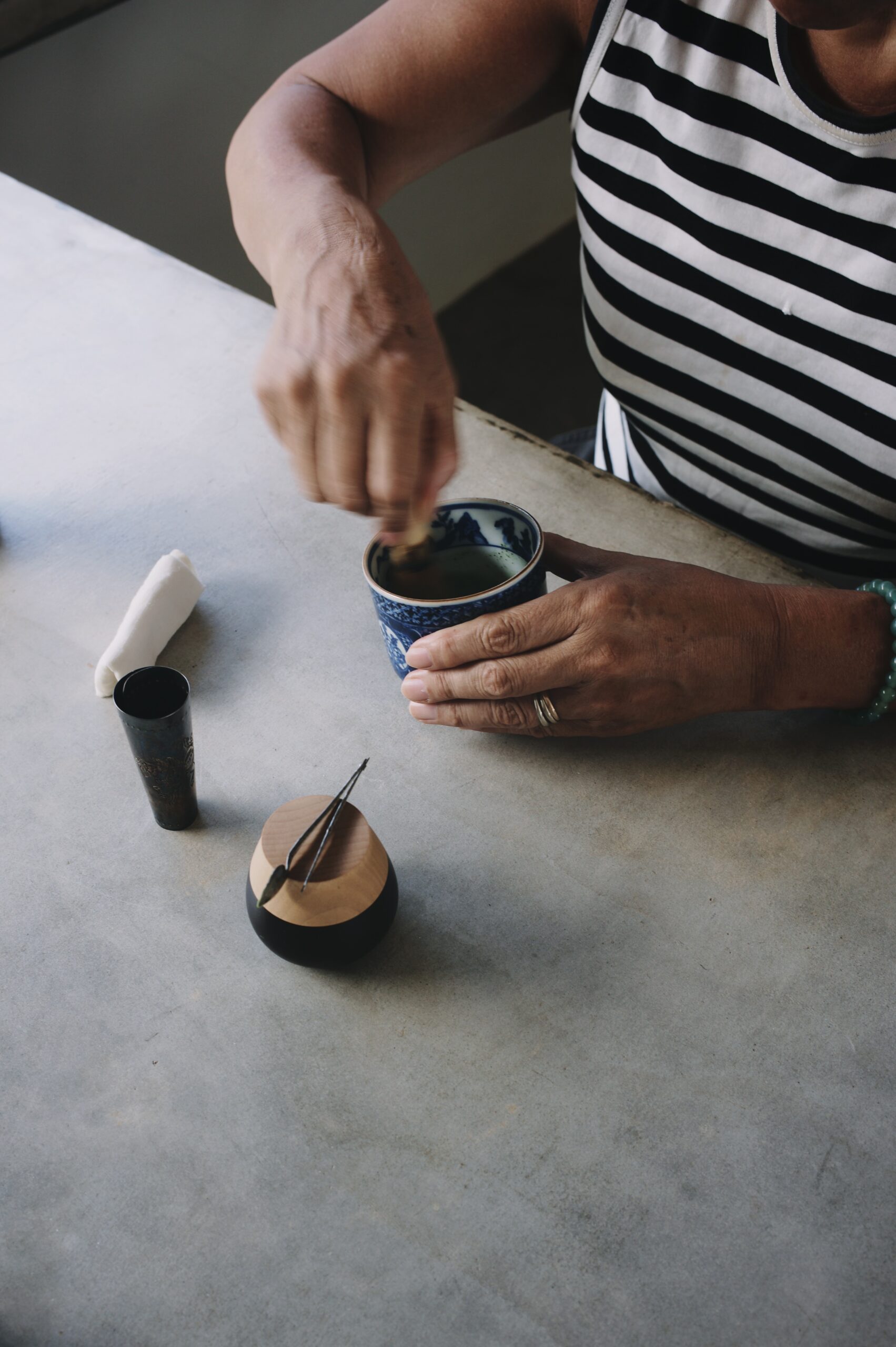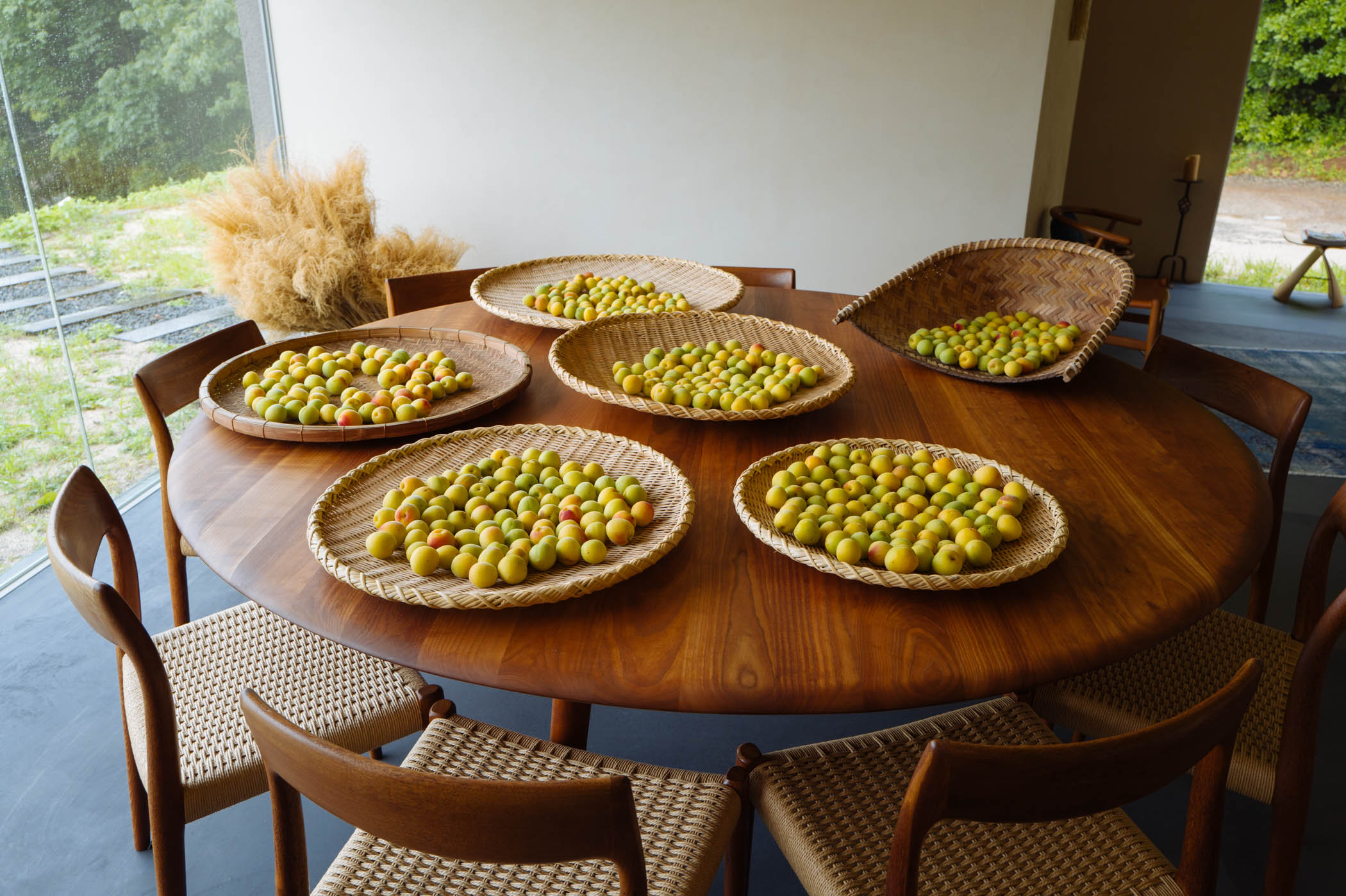The perfect ume jam
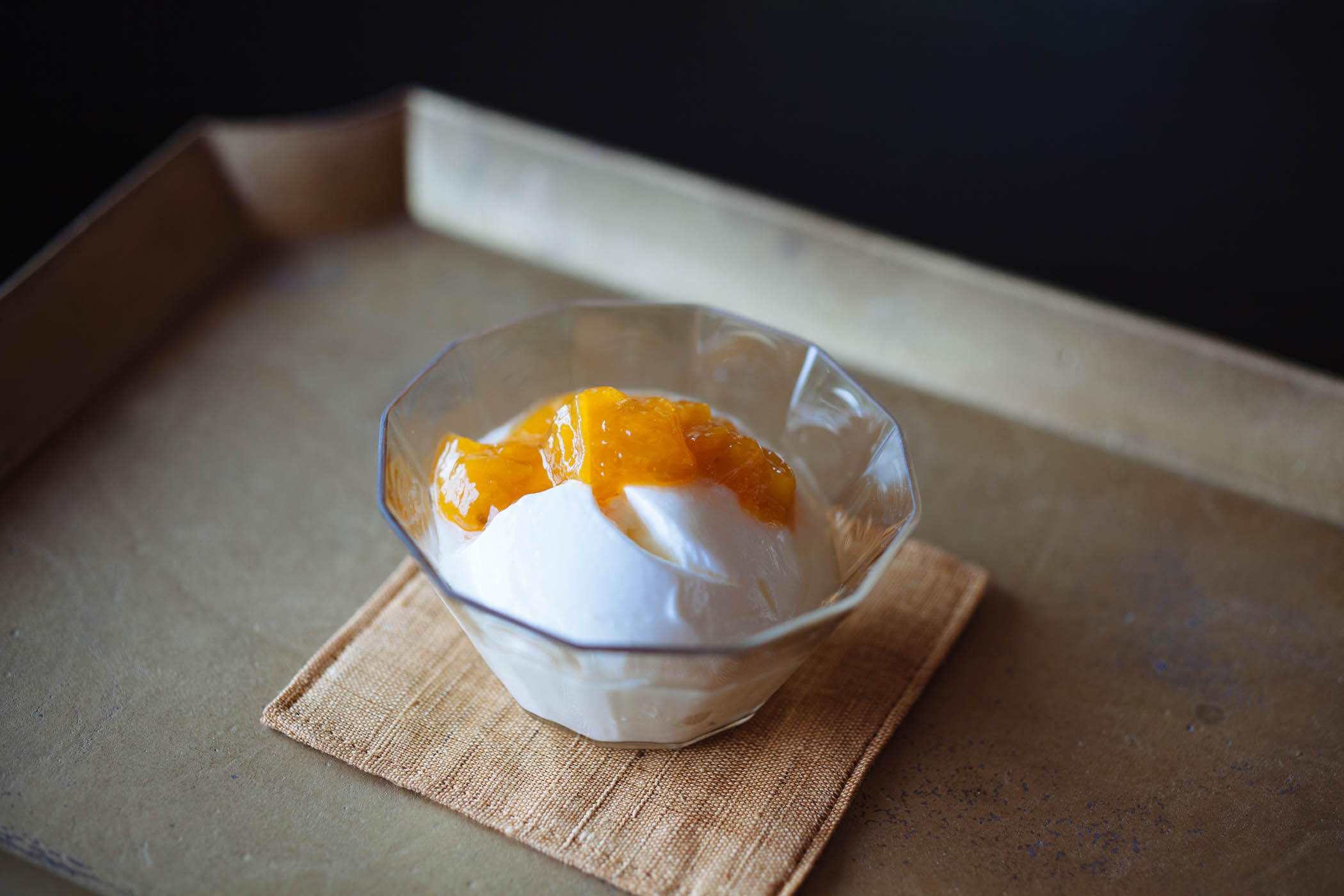
A basket of ripe ume perfumes the house with the scent of apricots. Their soft fuzzy skins a shade of sunny yellow flushed pink at the shoulders like fair skin that’s been in the sun too long. Ume, the fruits of the Prunus mume tree, are known in English as Chinese plums or Japanese apricots. In in common parlance we refer to them as the former, but they are more closely related by species to the latter, a fact easily understood when drawing in the ripe fruit’s fragrance.
This scent was a new discovery this year. Following in Kuniko’s footsteps, for years I had harvested our ume early, while still green. I don’t know why she did so, but for a long time she was my guide and I never questioned her ways. There is a type of ume that is meant to be harvested green and is well suited for ume syrup, ume liqueur, and caricari ume, a sweet crunchy ume delight. But we have an orchard full of Nanko Ume trees, the variety best suited to umeboshi, and over the last few years I’ve heard many people say it’s best to let them ripen. In a perfect scenario, they ought to be gathered as they naturally fall from the tree. But tsuyu, the plum rains season named for ume, makes such a feat difficult. So most folks harvest them on a dry day and let them ripen in baskets. Once they beam a bright yellow hue they are ready to be salted.
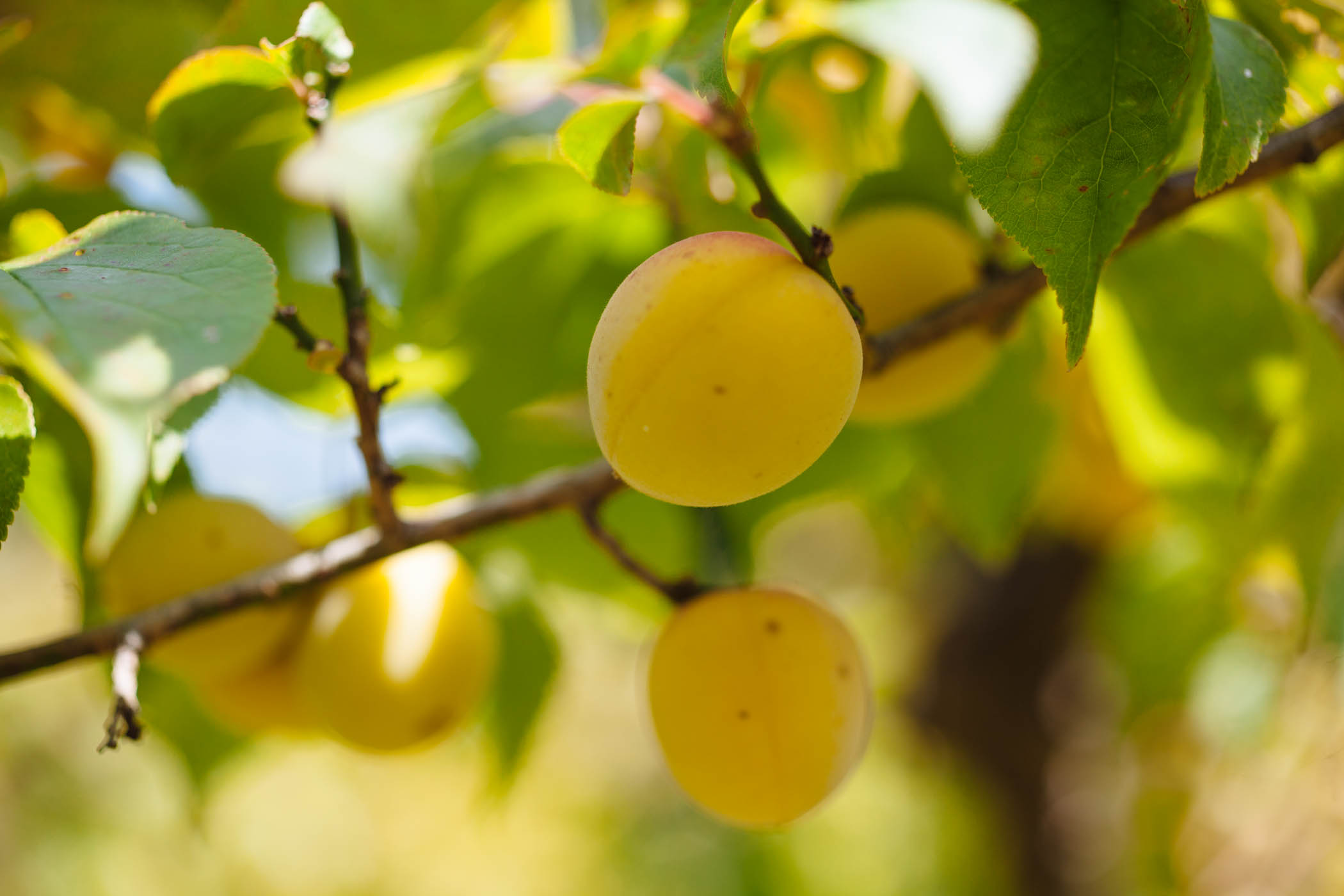
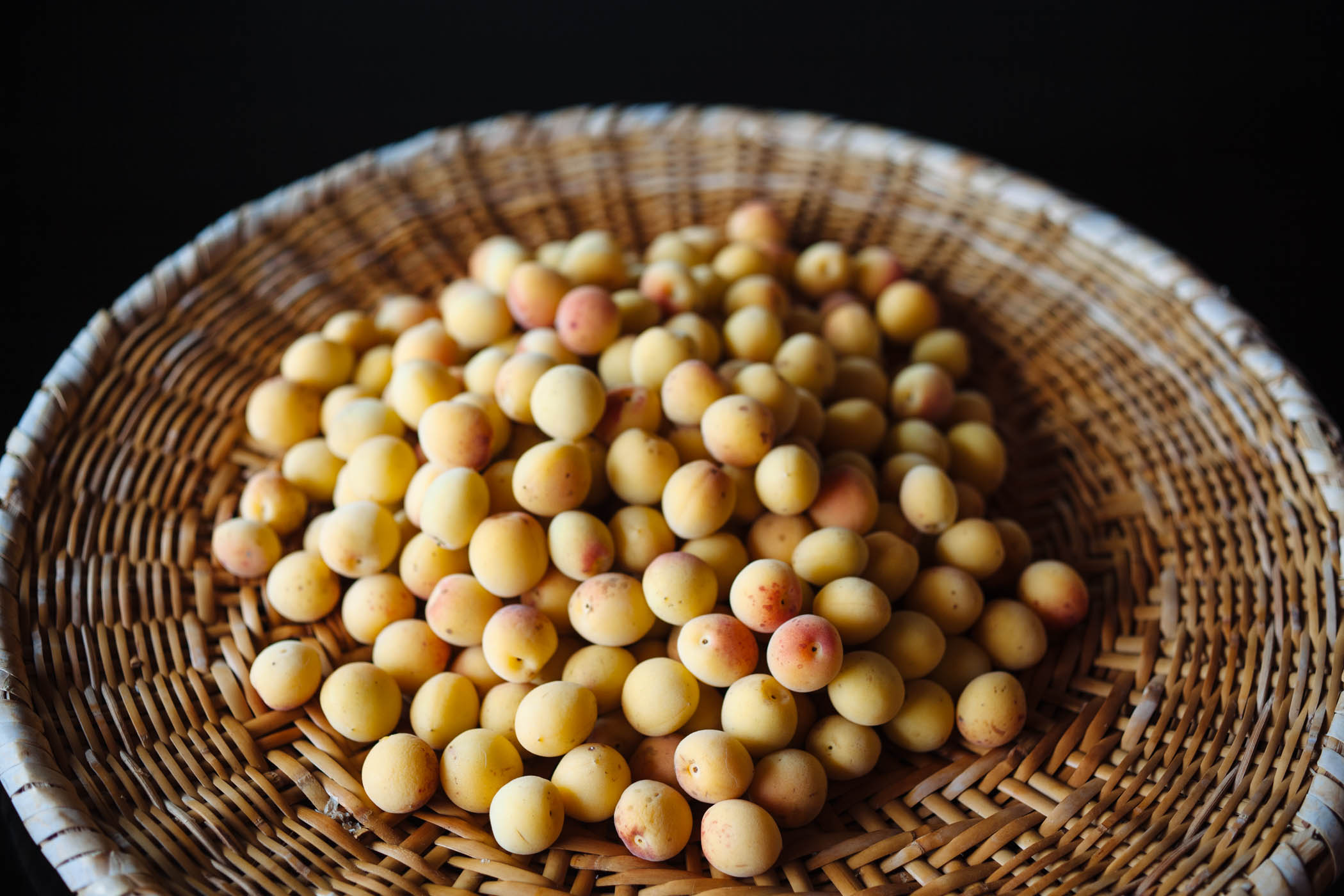
So this year I decided to let the plums ripen before salting. Over 40 kilograms of ume now sit in their own brine, stained by red shiso, awaiting the drying season later in the summer. But an odd spring, too warm too soon, delivered a crop of unusually small fruits this year with many reaching full ripeness before reaching full size. Unfit for umeboshi, a basket of them sat on the table for a few days, their musty sweetness wafting through the house as I considered my options. I landed on an ume jam recipe that shows off their brilliant hue. The flesh of the ume is sweetened with kibizato, a light brown sugar from the south. Tart and sweet at the forefront, the taste is threaded with traces of a bitter undertone, making it one of the more complex and interesting pure fruit jams I’ve ever tasted. We’ve had far too many ume trees for far too long and the pantry shelves are buckling under the weight of far too many umeboshi. So going forward as my reserves of brilliant orange winter daidai marmalade wane, I’ll refill the jars with golden ume jam.
